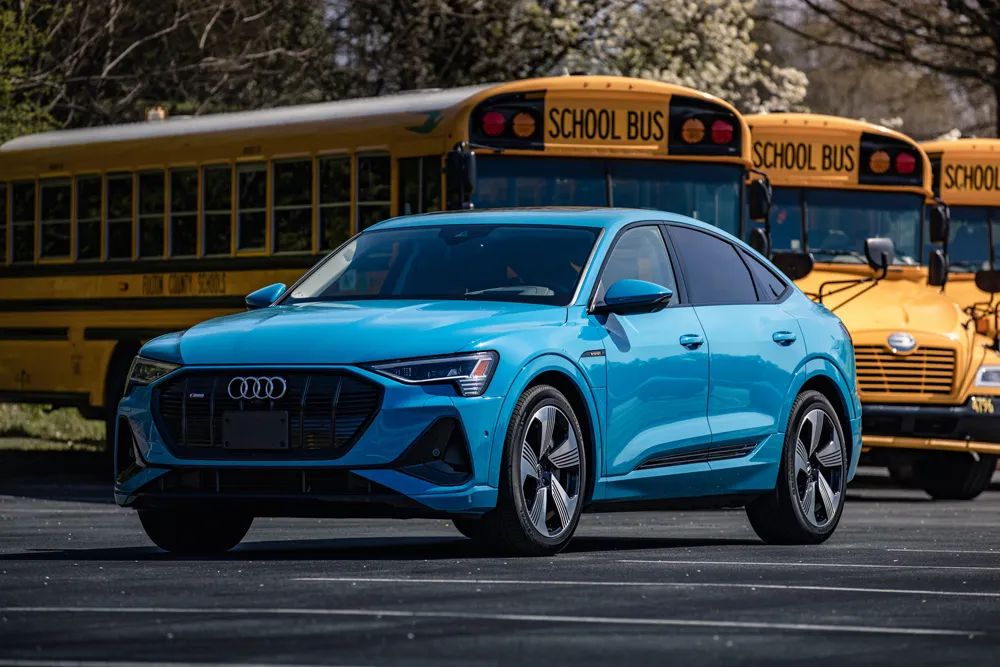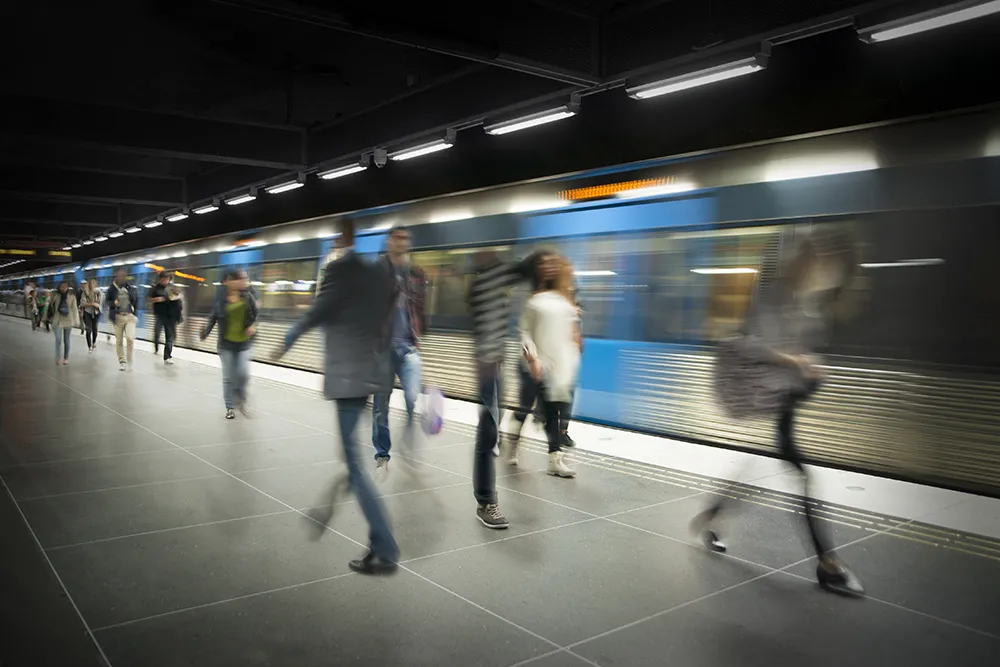Ryuji Nakagawa, general manager, transportation and logistics solutions at NEC, says: "NEC aims to manage the operation of approximately 2,000 buses in Makkah within the next five years.”
NEC says more than two million people participated in the city’s Islamic Hajj Pilgrimage in 2018; a number which is expected to double in the next 15 years.
The company is hoping it can help the city overcome this challenge by providing an automated fare collection system which enables cashless fare collection and a bus management system which will use GPS to monitor around 400 buses in real-time. Solar powered displays will provide information to passengers at bus stops.
NEC to improve bus performance in Saudi Arabia
August 29, 2019
Read time: 1 min









